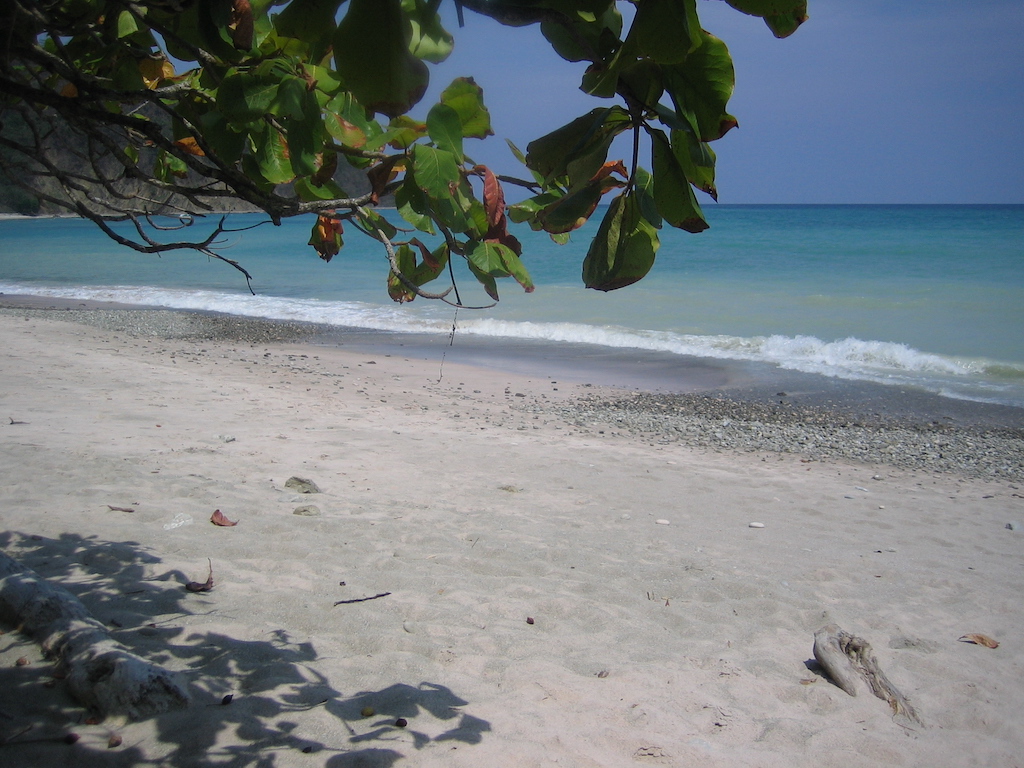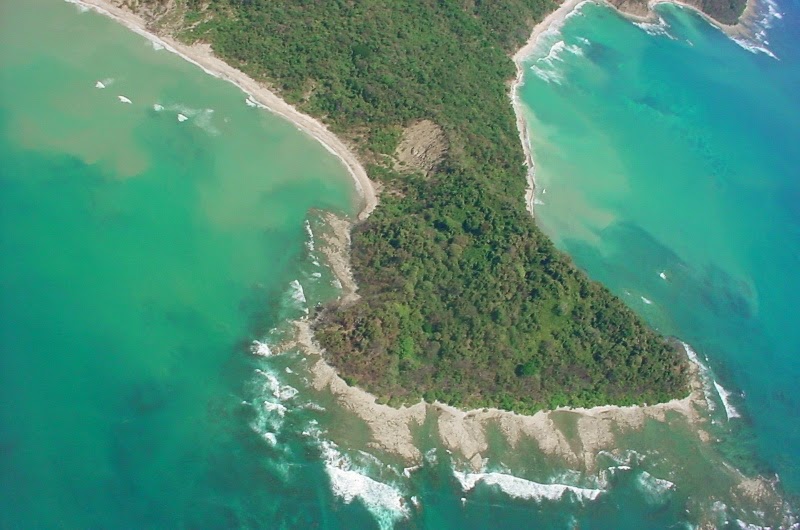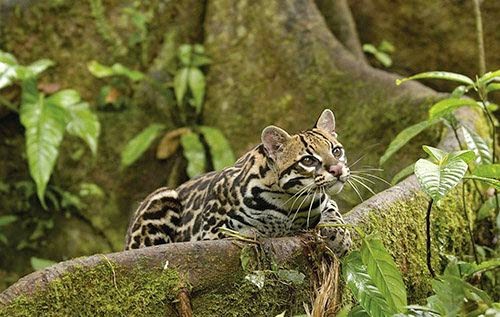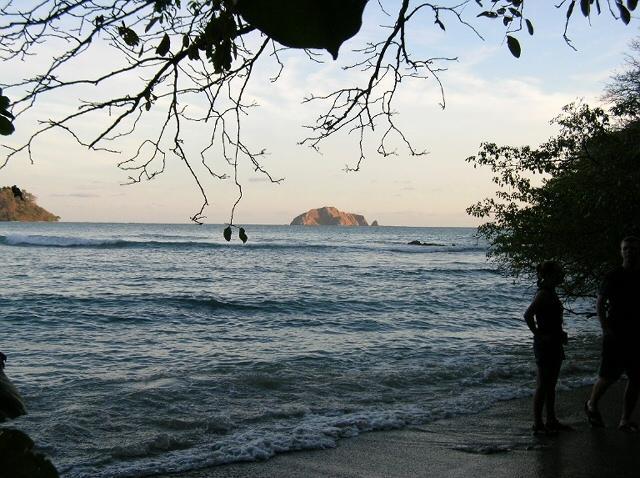Facts of Cabo Blanco Nature Reserve.

Cabo Blanco Nature Reserve, is located on the southern tip of the Nicoya Peninsula of Costa Rica. The reserve protects a huge variety of flora and fauna, both on land and in the ocean. The reserve is named after the island Cabo Blanco, which is located 1.6 km from the reserve’s southern tip. Since the times of the Conquistadores it has been known as the “White Cape” because encrusted bird poo covers the rocks turning them white.
The reserve was created in 1963 thanks to a campaign started by a Swedish man named Olaf Wessberg and his Danish wife Karen Mogensen.
In the 1950s the government encouraged local people to move to the remote forest lands of the Nicoya Peninsula. A family that cleared the forest for farm or pasture was rewarded with ownership. The emphasis was to develop and increase agricultural production, with little concern for the conservation of natural habitats. As a result, in the early 1960s the peninsula was being depleted of its natural forest and only a small area of primary forest remained in the least accessible areas of the Cabo Blanco.
Olaf and Karen arrived in Costa Rica in the early 1960s, and bought a farm near Montezuma. They often explored the Cabo Blanco area and were impressed by the abundant wildlife and the enormous size and diversity of the trees there. Olaf decided to preserve the area. With the aid of foreign conservation organizations he bought 1,250 hectares of land and after a tireless campaign of lobbying the Costa Rican government the Cabo Blanco was given the status of an Absolute Nature Reserve in 1963.
This was the first major conservation project in the country and led to the development of Costa Rica’s extensive national park system. Sadly Olaf was assassinated in 1975, whilst working towards making a public reserve out of what is now Corcovado National Park in the Osa Peninsula. However his wife Karen and many others continued with his conservation projects.

Interesting facts on Costa Rica’s first national nature reserve.
The reserve is 3,140 acres of protected forest (12.7km2) and 4,420 acres of protected ocean (17.9km2). 95% of the Reserve is off-limits to visitors, this is to ensure that the wildlife continues to live and prosper without interruption. There is however a Biological Station located within the reserve, which can be accessed coming Santa Teresa Beach or Mal Pais; it provides facilities for scientists who come to study the incredible biodiversity of the tropical forest and ocean. The San Miguel Biological Station is equipped with classrooms, laboratories, a reference library and a bunk house for up to 30 people.
Flora and Fauna.
About 150 different species of trees have been identified within the reserve. The majority of Cabo Blanco is a secondary forest that is around 60 years old. Only 15% of the reserve is primary forest. The remaining primary forest is located at the highest, most inaccessible area of the reserve.
Mammals.

Some of the most common mammals that can be found in the reserve include howler monkeys, white-faced monkeys, white-nosed coati, white-tailed deer, pacas, armadillos, anteaters, coyotes, porcupines, raccoons and coatis. There are also wild cats such as ocelots, jaguarundis and margay cats. These cats are so shy that they often get caught on night cameras, but are unlikely to be spotted during the day.
Birds.

About 240 bird species have been recorded in Cabo Blanco. It is inhabited by large numbers of brown pelicans, frigate birds, laughing gulls, common terns, ospreys and Costa Rica’s largest community of brown boobies making it a very important seabird sanctuary. Along with seabirds you can also see magpie jays, motmots, long-tailed manakins, egrets, crested caracaras, black-headed and elegant trogons, chachalacas, ringed kingfishers and various species of parrots and parakeets.
Marine species.
The protected waters lodge many species of fish, large quantities of lobster, giant conches, crabs and mollusks. On occasions there have been great migrations of manta rays, jumping spotted eagle rays, as well as dolphins and whales in the waters close by the Cabo Blanco island.
Other important details.

Cost.
Foreigners: $12 per person adults. $5 children ages 6-12. Free for children 5 and under.
Citizens and Residents: 1,600 colones adults. 500 colones children ages 6-12. Free for children 5 and under.
Park Hours
Wednesday through Sunday, 8:00 a.m. to 4:00 p.m.
The park is closed on Mondays and Tuesdays to limit the impact on wildlife.
